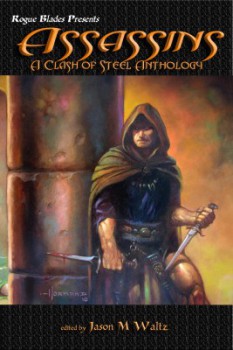Changes at Weird Tales
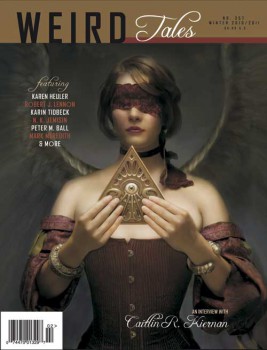 Weird Tales editor Ann VanderMeer announces a re-vamped website, higher pay rates, a nifty new submissions portal, a new schedule, and a blog:
Weird Tales editor Ann VanderMeer announces a re-vamped website, higher pay rates, a nifty new submissions portal, a new schedule, and a blog:
In addition to launching this new website, editor-in-chief Ann VanderMeer and publisher John Betancourt have raised the pay rate to 5 cents per word and implemented a new submissions portal for potential contributors… The new site also features a blog, through which VanderMeer and the rest of the Weird Tales team will discuss fiction and topics related to the revamped magazine…
Weird Tales will return to its normal quarterly schedule this year, with future issues slated for May, August, and November.
The submissions portal is based on the one designed by Neil Clarke for Clarkesworld magazine, and he implemented this one for Weird Tales. Matt Kressel designed the new website.
The upcoming issue of the magazine, number 357 (!) includes fiction from N.K. Jemisin, author of Hundred Thousand Kingdoms, Karin Tidbeck, and J. Robert Lennon, plus an interview with Caitlin R. Kiernan.
The Weird Tales team includes Paula Guran, nonfiction editor, and art director Mary Robinette Kowal. Dominik Parisien and Alan Swirsky have joined Tessa Kum as editorial assistants.
The new website is here.
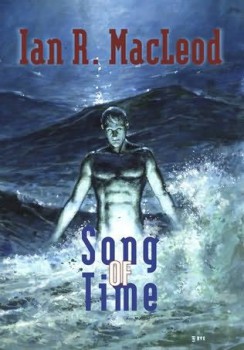 Song of Time
Song of Time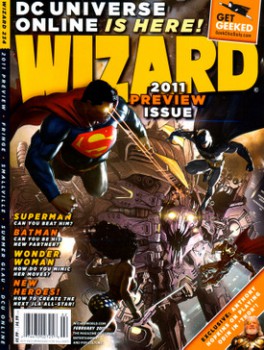
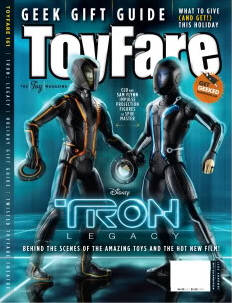
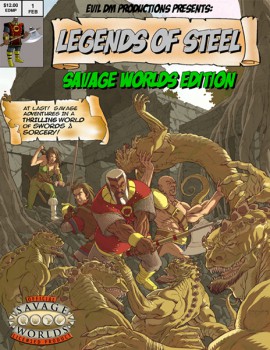
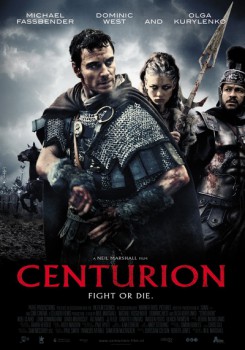 Centurion (2010)
Centurion (2010)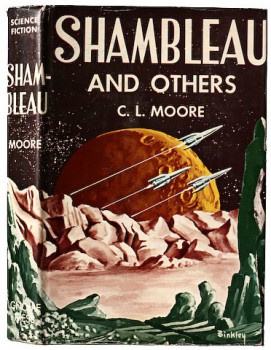
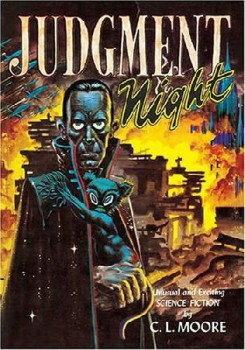
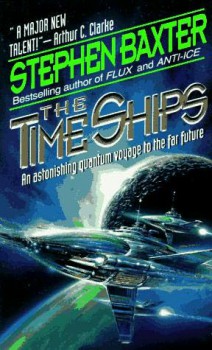 I’m not entirely sure how to review a sequel that’s written by a different author. I’m even less sure how to proceed if that sequel happens to be for a classic.
I’m not entirely sure how to review a sequel that’s written by a different author. I’m even less sure how to proceed if that sequel happens to be for a classic. In the opening pages of The Anatomy of Criticism,
In the opening pages of The Anatomy of Criticism, 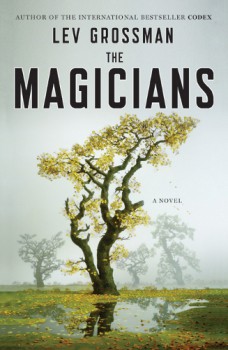 The Magicians
The Magicians